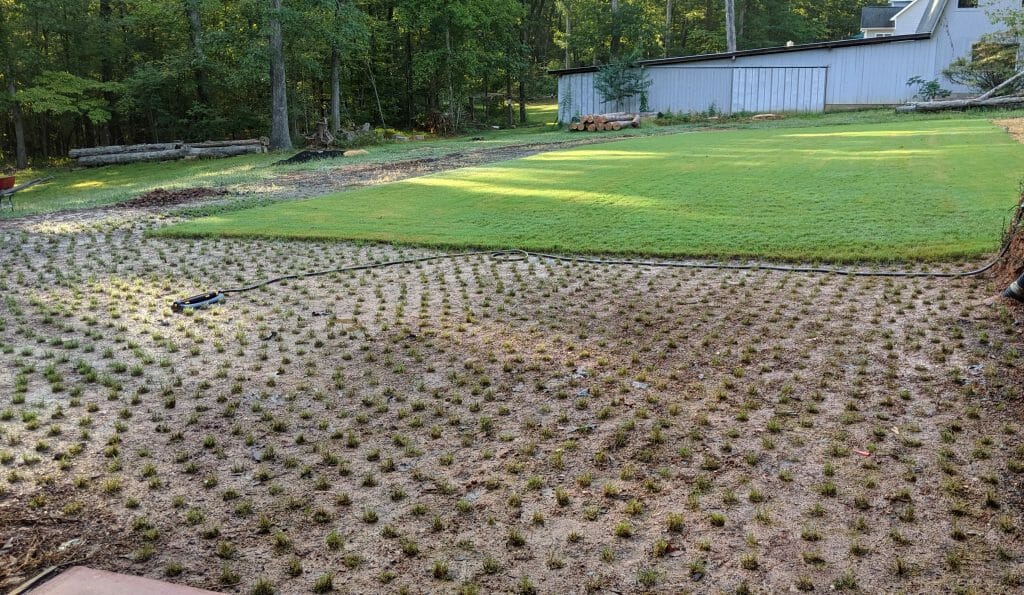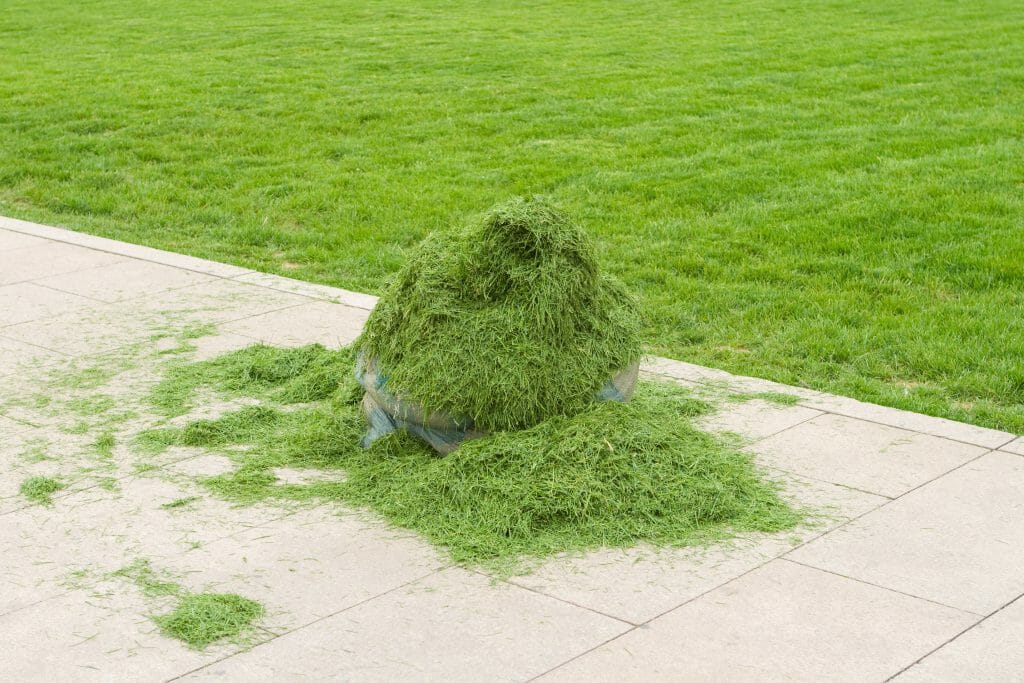Pre-emergent herbicides are chemical products used to control weeds both residentially and commercially. They don’t harm pre-established plants, rather they target seeds and stop them from germinating.
The question is whether or not they are safe:
Pre-emergent herbicides are chemicals and are often considered harsh, but studies show that they are safe to use for humans, around their pets, and the environment when they are applied properly. Misuse of pre-emergent, however, may lead to “burned” turf rather than preventing weeds from growing.
Below, we discuss how safe, or unsafe, pre-emergent herbicides are, as well as the answers to several closely related questions.
What Is the Safest Way to Apply Pre-Emergent to My Lawn?
Pre-emergent products vary, which means the safest way to apply each product is typically dictated in each particular product’s instructions.
Generally speaking, applying it in the spring, or fall, and making sure the ground is approximately 55°F and that the air is around 65 to 70°F for a few days in a row raises the level of safety.
Applying pre-emergent to the lawn when the circumstances aren’t ideal, such as when a storm is coming or has just passed, also increases the risk of pre-emergent not working correctly.
One safe way to apply pre-emergent successfully is waiting for a single rainy day or two (after a few warm ones) in the forecast and applying the pre-emergent before the rain begins to fall on the lawn.
Can I Use Too Much Pre-Emergent on My Lawn?
As with any good thing, too much of it makes for a bad thing. Pre-emergent is no different.
When you apply too much pre-emergent herbicide, be it to the yard, garden, or farmland, you’re taking a risk of damaging more than just the problematic weeds and wild grasses.
Further, if you pay close attention to the label, applying more than the recommended dosage of pre-emergent (depending on the chemical ingredient and the State or Country you are using it in) may be illegal to some degree, or worse, harmful to your lawn and the surrounding environment.
Is Pre-Emergent Herbicide Safe for Use in My Garden?
Pre-emergent is indeed safe for use in gardens, but only the products that are specially designed for use around vegetables. If you try using the same pre-emergent that you put on your lawn, in your garden, your seeds, sprouts, seedlings, and clones are all at risk of dying.
The best pre-emergents for gardens typically contain trifluralin as the main ingredient. This herbicide is totally safe to use around vegetables, just make sure to apply it after the seeds have sprouted.
Can I Use Pre-Emergent Herbicide in My Flower Beds?
Flower beds, like lawns, and even gardens, can benefit from spring and fall pre-emergent treatments.
Be sure to check out the label and make sure that the problem weeds that grow in your flower beds are among the product’s targeted species (otherwise, it’ll do you no good).
As with vegetable gardens, applying pre-emergent is best used in flower beds after your flowers are established.
How Long Do Most Pre-Emergent Herbicides Last?
Generally speaking, most pre-emergents last approximately three to five months before they stop being effective and suppressing seeds from germinating.
That means you’ll need to consider applying pre-emergent herbicide to your lawn twice a year (once in the spring, and once in the fall) if you want total control over the weeds and pest species.
Make sure to check the label of any pre-emergent you’re thinking of buying to see how long it lasts and how often it needs re-applied. Some may last for up to nine months.
Is There an Effective Organic Pre-Emergent?
Corn Gluten Weed Preventer is the premiere organic pre-emergent weed control. It works well for crabgrass, broadleaf weeds, dandelions, and other common pest species you don’t want growing on your lawn.
The organic pre-emergent works just like other pre-emergents; you apply it to the lawn, soak it into the soil, and let it do its thing. The only catch is that it must be applied in the spring to be most effective.
After a couple of weeks go by, follow up by mowing the lawn and checking for problem areas. If you find any, you may consider pulling the weeds and spot treat the area.
Does Organic Pre-Emergent Really Work?
Organic pre-emergent works as well as many of the commercial products out there in that they do a good job of preventing new seeds from germinating if applied at the right time.
That said, they won’t have an impact on pre-existing weeds or other plants growing. They only affect seeds that haven’t emerged as weeds or wild grass yet.
Organic pre-emergent is an excellent solution for suppressing annual problem species (crabgrass, dandelions, chickweed, and more).
What Are the Safest Pre-Emergents I Can Use?
Among the many pre-emergent products out there and the chemicals they consist of, three types stand out as safer than the rest:
- This pre-emergent chemical is the main ingredient in Gallery brand products. It works well against a broad array of weeds.
- This chemical is the primary ingredient in the Ronstar pre-emergent product line. It works well on most lawns, including ones with ornamental grasses.
- This is the active pre-emergent agent in Barricade brand products. It lasts longer than most and therefore is the most budget-friendly as well.
Final Word
Pre-emergent herbicide is safe as long as you understand what it is, how to use it, and you practice caution while handling, storing, and applying it.
It is not only safe to use around people, including children, and pets, but it is also safe to use around ornamental plants, trees, shrubs, flowers, and even garden plants as well.
Just make sure to read the label before you buy it, and make sure that it is designed for the type of grass your lawn consists of and that it targets the type of weeds you struggle with.



